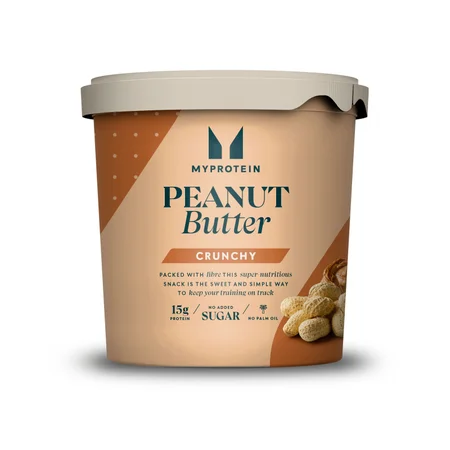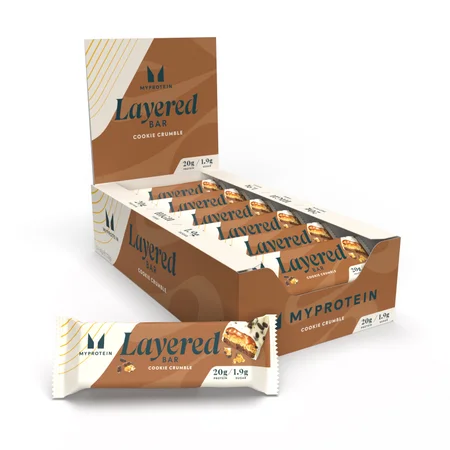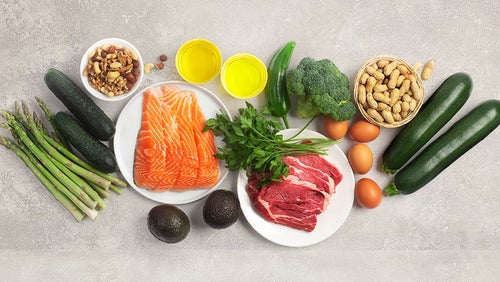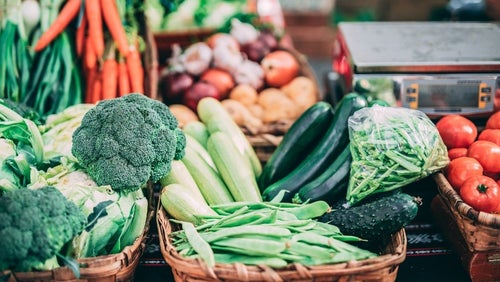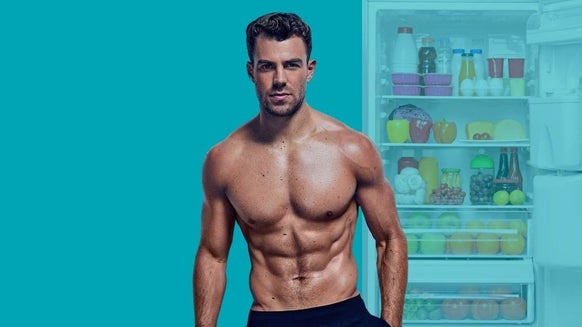High-Protein, Low-Carb Diets | Best Foods & Meal Prep
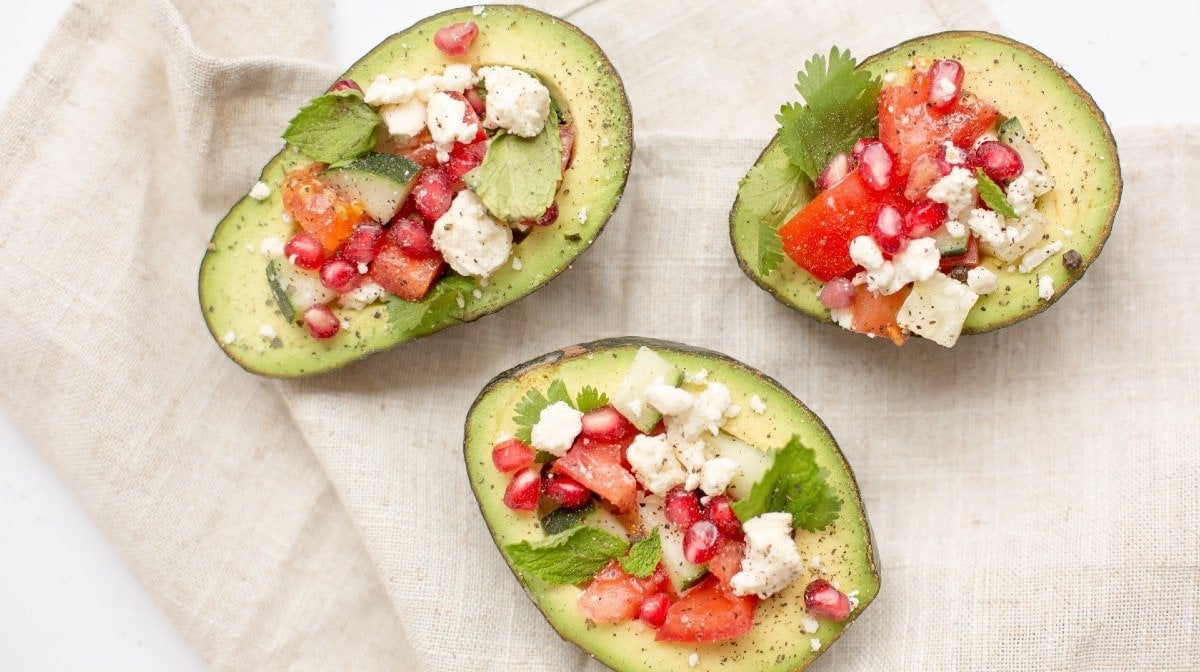
High-protein, low-carb diets have been thought of as a go-to in the health and fitness world for many years. However, a lot of people are still unsure of what exactly to eat on these diets.
This article will cover the benefits and side effects of high-protein, low-carb diets, and the best foods to guarantee success. We’ve even got some helpful recipe ideas too.
- What are high-protein, low-carb diets?
- The benefits of a high-protein, low-carb diet
- The side effects of this diet
- Best high-protein low-carb foods
- Recipe ideas

What are high-protein, low-carb diets?
There are three macronutrients that make up a diet – protein, fats, and carbs. Most diets fall into two camps: low fat/high carb and high-fat/low-carb. A low-carb diet tends to eliminate most refined carb choices like bread and pasta and starchy foods like potatoes and rice. Most of the carbs in this diet come from vegetables and a limited number of fruits.
This diet is often associated with a high-protein intake. Most foods that are high in protein will also contain fat. Protein is responsible for looking after our lean muscle mass, our metabolic rate, as well as some of our hormones.
Summary
High-protein, low-carb diets normally allow an intake of 50 to 150g of carbs per day. This depends on weight and activity levels and can be adjusted accordingly.
Those with high activity levels and a higher body weight may need a higher carbohydrate intake than this, with intakes based on training volume and grams per kilogram of bodyweight.
Benefits of a high-protein, low-carb diet
1. Increased satiety
Due to their digestion rate, high-protein diets are associated with increased satiety levels, as it takes much longer to breakdown and digest —helping keep us feeling fuller for longer.1 Protein tends to trigger
2. Lean muscle mass retention
When you’re on a diet, there’s a chance you can lose muscle mass. That’s because there’s less fuel from food, and increasing the rate of muscle protein breakdown.
3. Thermic effect of food
Protein has a high thermic effect compared to other macronutrients, so it has a high energy cost to break down and digest. Carbs and fats use about 10% of the food’s energy to break it down whereas protein uses up to 30% of the food’s calories to break it down.
When a food has a higher thermic effect, it means there are fewer calories to be able to store as body fat. This can indirectly increase the calorie deficit and promote weight loss.
4. Less choice
Limiting choice in our diets can make things simpler, and make it easier to achieve a calorie deficit if you’re trying to lose fat.
5. Increased fat utilisation
Whilst your overall energy balance of a 24-hour period (i.e., being in a negative energy balance) will have the biggest effect on fat loss, performing exercise with low glycogen may help to accelerate fat loss.
Summary
A higher protein intake leads to increased satiety, meaning you will feel fuller for longer. It also decreases the likelihood of muscle loss and takes more energy to be broken down by the body. A lower-carb diet also means that you’re less likely to overeat and can keep your blood glucose levels more stable.
Side effects of a high-protein, low-carb diet
For most people, there aren't too many side effects of a low-carb, high-protein diet. There are a few exceptions, such as those who are pregnant, breastfeeding or have other health conditions. Before changing your diet drastically, you should always talk to your GP first.
Another potential side effect of a low-carbohydrate diet is the potential impact on digestion. Carbohydrates, especially wholegrains, are a good source of fibre and pre-biotics which are important for maintaining a healthy digestive system. A lack of these in the diet may result in bloating and constipation.
For most people, the diet is often well-tolerated and the most common side effect tends to be weight loss, which depending on your current weight and goals, could be a benefit.
Summary
Other than weight loss, there are very few associated side effects to a high-protein, low-carb diet. We do recommend talking to your GP however if you’re planning on changing your diet drastically.

The best high-protein, low-carb foods
There are three main food groups that will make up any diet. Protein, fats and carbs (a low-carb diet does not mean a “no-carb diet".)
Protein
When looking at which protein is best, you should choose sources that are complete as they have all the essential amino acids available. These tend to be meat, fish and dairy sources. However, adding the branched-chain amino acid leucine to vegetarian sources has been shown to improve the anabolic potential (its
An additional factor is the digestion rate of the protein. Protein sources such as whey have a fast digestion rate and are usually more beneficial following a workout whereas casein protein sources found in milk and cottage cheese have a slower digestion rate and are usually better right before bed
Fat
The healthiest fat sources are polyunsaturated, monounsaturated fats and those rich in omega-3s. Omega-3 fats have been linked to a huge
Carbohydrates
Try to choose carbohydrate sources that
Try to choose high-protein foods such as:
Eggs and egg whites Chicken breast Lean beef Game meat Turkey breast Oily fish Shellfish White fish Whey protein Casein protein Soy protein Yoghurt Cottage cheese
Try and choose healthy fats such as:
Avocado Flaxseed Nuts (check carb content) Olives Extra virgin olive oil Various nut butters (check carb content) Chia seeds Fish oil Cheese Limited amount of dark chocolate
Healthy carbs to include in a low-carb diet:
Broccoli Asparagus Kale Carrots Cauliflower Spinach Tomato Cucumber Watercress Onions Peppers Mushrooms Beans Oats (dependent on total carb allotment) - Berries
Check out our low-carb vegetable guide here:
** please note that these lists are not exclusive, or complete.
Recipe ideas
Now you might be wondering what a good low-carb meal could look like. Here are some examples of what a low-carb day could look like for breakfast, lunch, and dinner for a daily calorie amount of 2000Kcal.
Breakfast
100g of cream cheese 3 eggs sweetener of choice, if required 1 tsp of Cinnamon
Blend all the ingredients together. Let it rest until for a few minutes. Cook on a pan with medium heat for 2 minutes, then flip for another minute.
Lunch
100g of cooked chicken breast 1 large bowl Mixed leaves (rocket, spinach & watercress.) cupful Cruciferous vegetables of choice (i.e. broccoli) Lemon juice 1 to 2 tsp Onions, ½ raw Salt and pepper to liking
Alternatively, try our low-carb burrito jars!
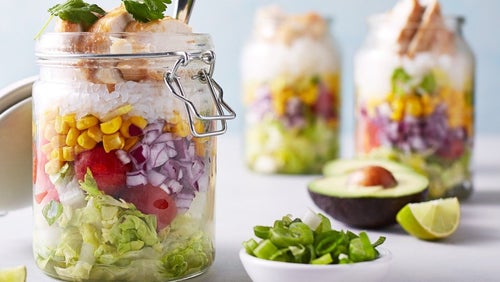
Low Carb Burrito Jars | 4-Day Meal Prep
Delicious lunch ready for the whole week.
Dinner
Half a tsp of ground chillies 200g 10% lean beef mince Chicken broth cubes Asparagus spears
Preheat grill to a high heat. Mix chillies & chicken broth cubes into the beef mince. Flatten out and make patties out of the mixture. Grill the patties and asparagus spears until cooked to your liking.
Take Home Message
High-protein, low-carb diets are effective for weight loss. That’s because they’re very satiating, have a high thermic effect and help look after lean muscle tissue. This is a great diet to be on if you don’t wish to track calories but want to see weight loss. By omitting the majority of carbs from the diet, there’s less dietary choice, which often leads to a calorie deficit.
READ THESE NEXT:
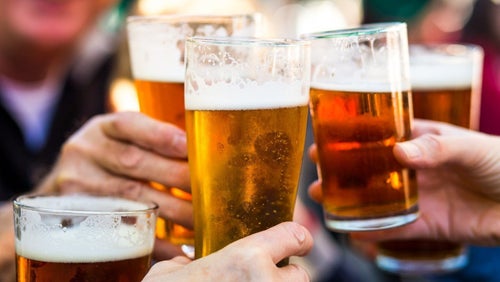
Do I Need To Ditch Alcohol To Lose Weight?
Don't throw your beer away just yet...

Claire is a Registered Dietitian through the Academy of Nutrition and Dietetics and a board-certified Health and Wellness Coach through the International Consortium for Health and Wellness Coaching. She has a Bachelor of Science in Biology and a Master’s degree in Clinical Dietetics and Nutrition from the University of Pittsburgh.
Talking and writing about food and fitness is at the heart of Claire’s ethos as she loves to use her experience to help others meet their health and wellness goals.
Claire is also a certified indoor cycling instructor and loves the mental and physical boost she gets from regular runs and yoga classes. When she’s not keeping fit herself, she’s cheering on her hometown’s sports teams in Pittsburgh, or cooking for her family in the kitchen.
Find out more about Claire’s experience here.
